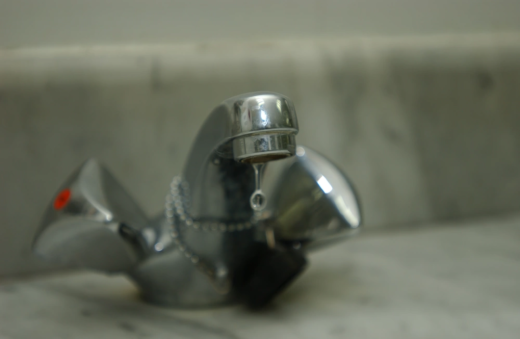Following a series of heavy rain events and snowfall, Bucks County has been officially removed from Pennsylvania’s drought watch list, the Pennsylvania Department of Environmental Protection announced.
The decision came after a recent meeting of the Commonwealth Drought Task Force.
In addition to Bucks County, seven other counties were also cleared from the drought watch. These include Dauphin, Huntingdon, Lancaster, Lebanon, Montgomery, Northampton, and Perry Counties, all of which have now returned to normal status.
However, the drought watch continues for six counties in the state. Adams, Cameron, Cumberland, Fulton, and Westmoreland Counties remain under the watch, with York County’s status downgraded from a drought warning to a watch.
A more severe drought warning persists in Clinton and Franklin Counties.
Residents in counties still under a drought warning are urged to reduce their water usage by 10 to 15 percent.
The Pennsylvania Department of Environmental Protection emphasized that localized conditions may necessitate more stringent conservation efforts in certain areas.
For more detailed information and to view a list of public water suppliers currently requesting or mandating water conservation, residents can visit the Pennsylvania Department of Environmental Protection’s website.
Ways to conserve water at home, according to the state:
- Run the dishwasher and washing machine less often, and only with full loads.
- Shorten the time you let the water run to warm up before showering and take shorter showers. The shower and toilet are the two biggest indoor water guzzlers.
- Check for and repair household leaks. For example, a leaking toilet can waste up to 200 gallons of water daily.
- Install low-flow plumbing fixtures and aerators on faucets.
- Replace older appliances with high-efficiency, front-loading models that use about 30 percent less water and 40 to 50 percent less energy.









